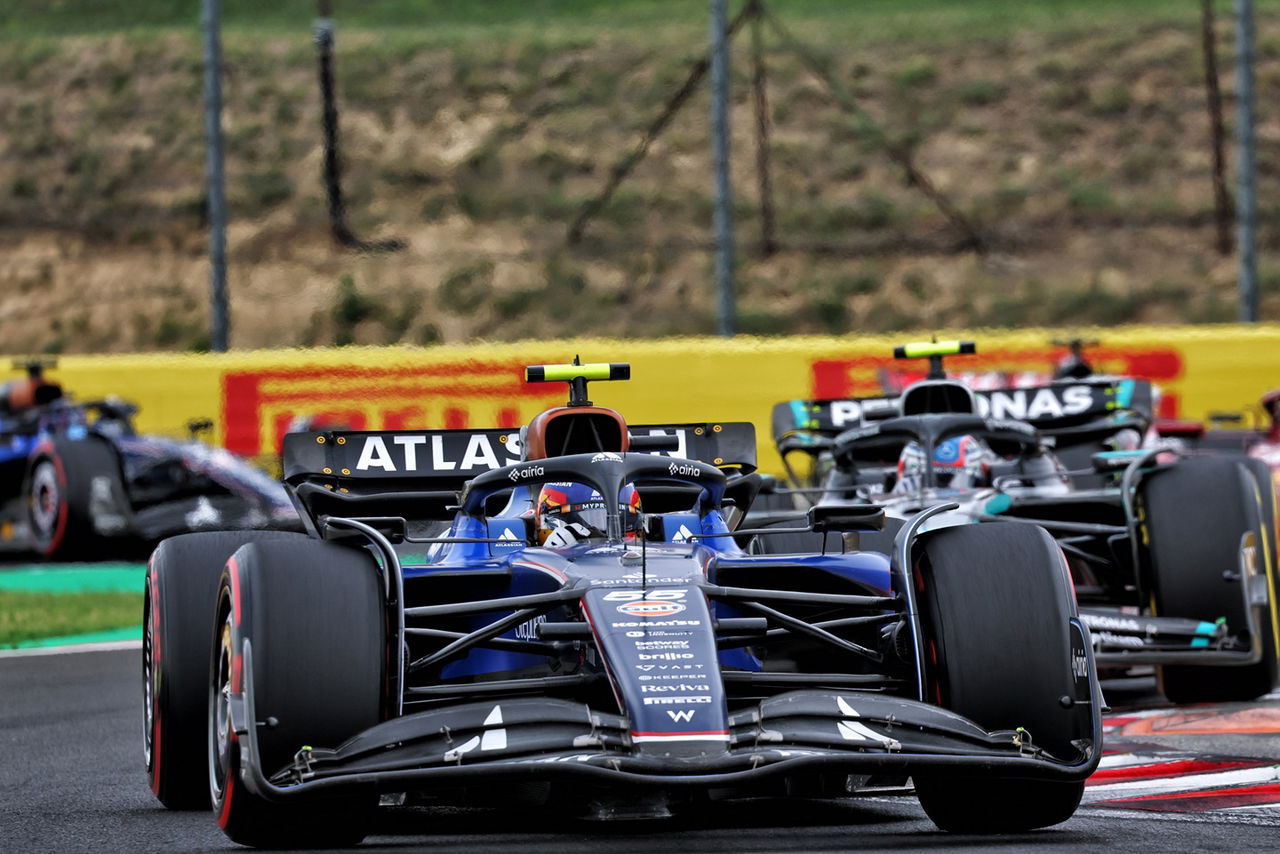Williams struggled once again at the Hungarian Grand Prix last weekend, highlighting ongoing issues with their high-downforce car performance. Despite Red Bull’s unexpected poor pace, which allowed teams like Aston Martin and Sauber to capitalize, Williams’ drivers Carlos Sainz and Alex Albon were unable to keep up, finishing 14th and 15th respectively, both off the lead lap.
This race wasn’t an isolated disappointment for Williams in 2025. In Bahrain, Albon lost time during a double-stack pit stop, and Sainz had difficulties as well. Austria also saw the team suffer car retirements, but Hungary represented their weakest performance yet this year. Their struggles were apparent from qualifying, where Albon finished last in Q1, several seconds behind McLaren’s leaders, and Sainz narrowly missed making it to Q3, starting 13th on the grid.
Throughout the weekend, Sainz experimented with various car setups to find better balance but ultimately had to revert to previous specs, as none of the changes yielded significant improvements. He noted the car’s difficulty on high-downforce tracks like the Hungaroring, a circuit historically tough for Williams despite their seven wins there, second only to McLaren. Their last points in Hungary were scored in 2021 before ground-effect cars were introduced.
While Williams made considerable progress overall in 2025, finishing fifth in the championship, the Hungarian race exposed persistent weaknesses on certain circuit types. Team principal James Bowles admitted the need to understand why their car excels on some tracks but fails on others to progress as a team.
Sainz emphasized that a fundamental design shift is necessary to improve the FW47’s performance in corners requiring sustained downforce, as the car currently performs better on tracks with long straights and short, sharp corners. Drawing from his experience at Ferrari, Sainz is helping Williams understand why their car lags on tracks like Hungary, Barcelona, and Qatar. The team is focusing on developing a more balanced car for the future.
Although Williams is fixing its sights on the 2026 rule changes to rebuild as a championship contender, this limits their ability to address current car flaws. As a result, their difficulties on high-downforce circuits are likely to continue in the near term. With only 16 points from the last five races, Williams is slipping in the championship standings, closely pursued by Aston Martin and Sauber.
Bowles admitted the challenge of improving a car mid-season when development resources are limited. The team faces a tough battle to fix these deficiencies in 2026 but remains committed to learning and growing from this hard lesson.
Fan Take: This update is crucial because it reveals the real struggles a historic team faces amid evolving Formula 1 demands. Williams’ challenges at Hungary underscore the sport’s competitive depth and the importance of innovation, reminding fans that even well-established teams must continuously adapt to stay at the front.



